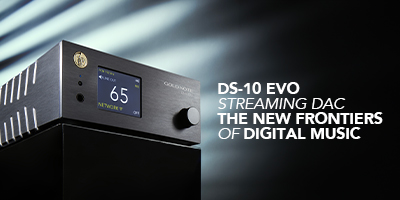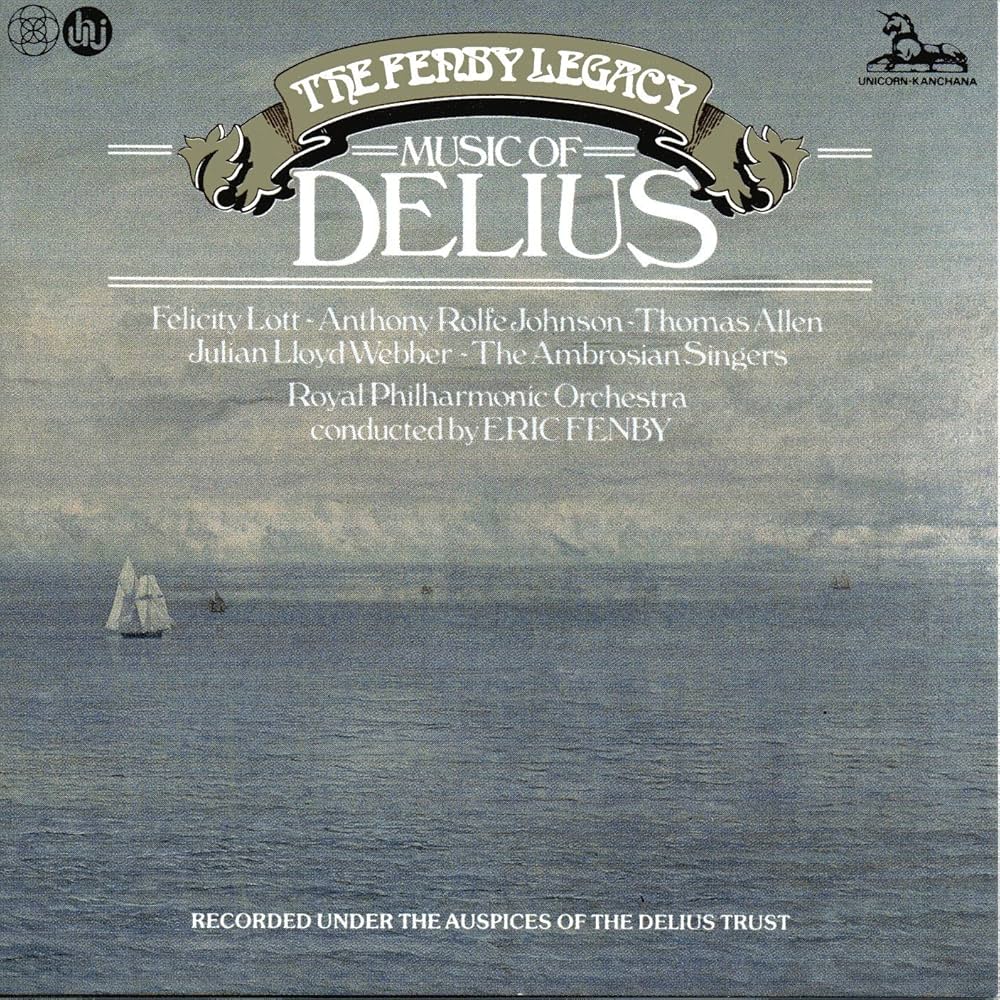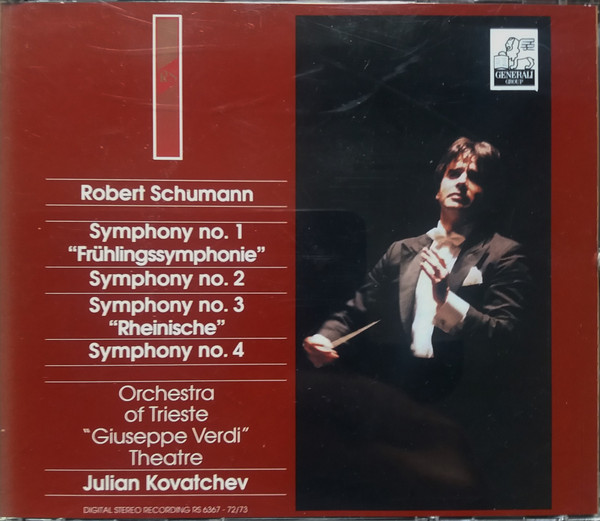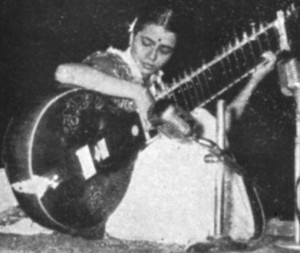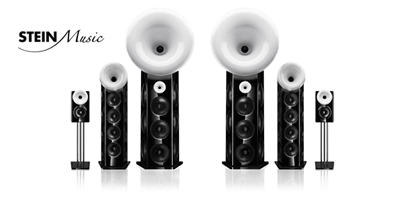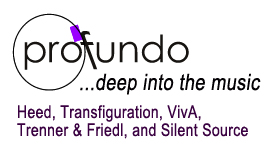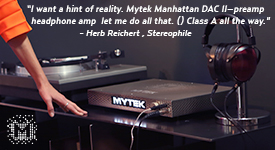Scarlatti Sonatas. Tamara Stefanovich, piano. Pentatone Music PTC5187401 (WAV download, EP). TT: 23.11
87 in B minor. K. 158 in C minor.
K. 8 in G minor. K. 13 in G.
Angela Hewitt's recent performance of the Goldberg Variations reminded me of how well Bach can work on the modern grand piano, given the right application of technique and artistry. (Ms. Hewitt was excellent.) Fortuitously, in Pentatone's new release, Tamara Stefanovich now does the same for Scarlatti.
If you're used to the three- and four-movement keyboard sonatas of the eighteenth and nineteenth centuries, Scarlatti's will see terribly brief: single movements, in a simple "AB" form, with each section repeated. Based on the one sonata I studied in my college lessons—admittedly a neither broad nor wide-ranging database—I'd rather expected these to be sprightly, major-key pieces. This short program, however, surprised me: three of the four sonatas presented are in minor keys, and occupy predominantly ruminative expressive spaces.
Stefanovich, as you might expect, takes advantage of the modern grand's tonal and dynamic resources. (I mean, you could just play these more or less straight, as you'd have to on the harpsichord—but why?) At the same time, she keeps a sense of proportion—you never feel as if you're wandering out of period—and takes care to observe all repeats, thus maintaining the formal design.
Those minor-key sonatas come off extremely well, thanks to the soloist's shapings and inflections: she even disrupts the steady pulse where she needs to dwell on important notes. And she manages clearly to distinguish each piece from the others, despite their shared reflective mood. The B minor's tolling bass notes conjure an ominous undercurrent. The C minor feints at canonical entries—perhaps I still had those Goldbergs on the brain—and gives Stefanovich opportunities to show off her even trills and clean, articulate little runs. The G minor, with almost double-dotted rhythms, comes off as more formal, with a surprising depth and richness at the cadences.
Finally, the program ends with the cheerful G major sonata. As I'd have expected, it's indeed sprightly—sometimes almost spiky, in Stefanovich's crisp rendering. The mood is upbeat, and the energy is terrific, though, the second time around the "B," she attempts to fit too many notes into the trills.
The sonics are excellent, par for Pentatone. And, while I'm sure all of the composer's five hundred and fifty-five sonatas will repay attention, the four on this "EP download" will suffice for many listeners.
stevedisque.wordpress.com/blog

